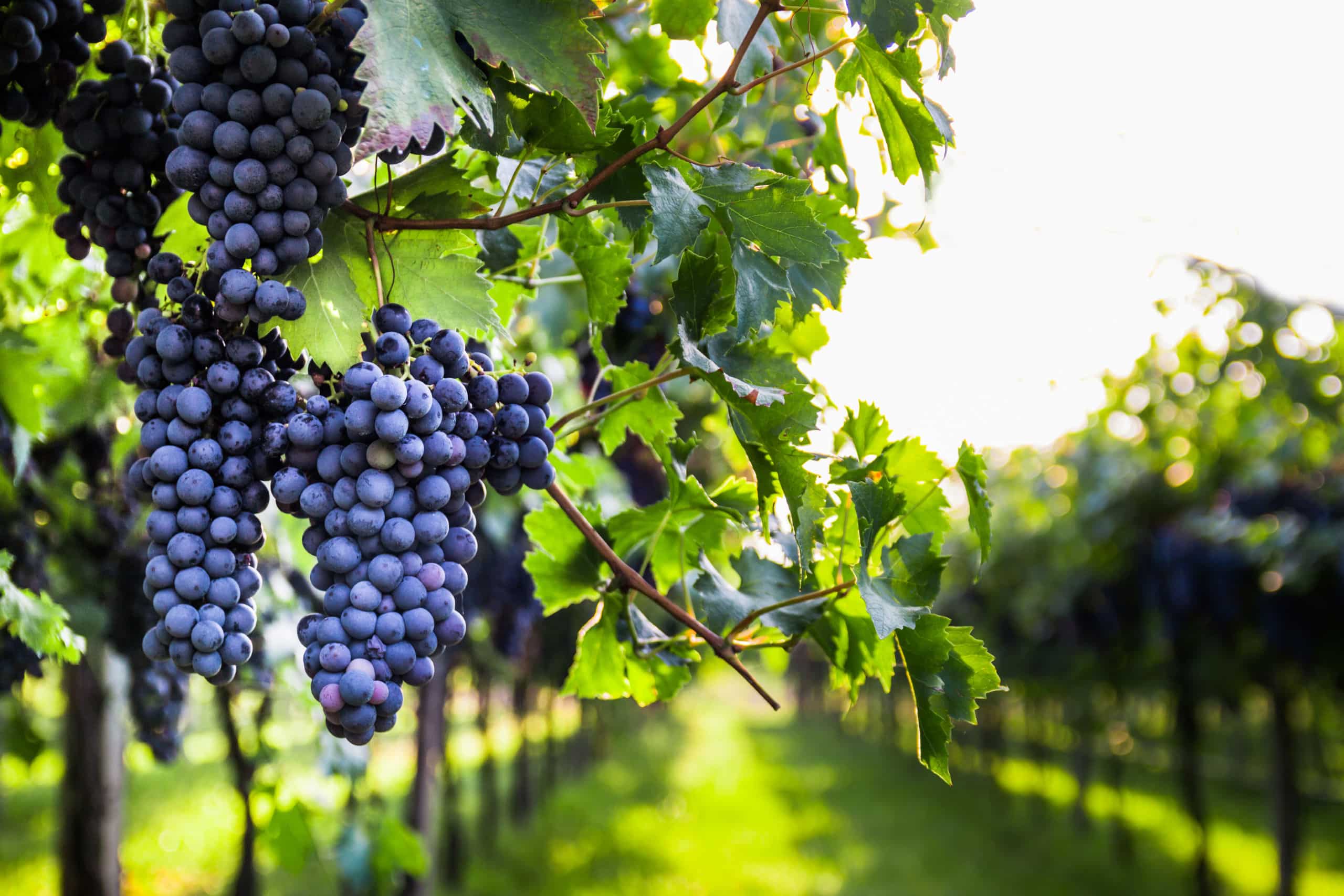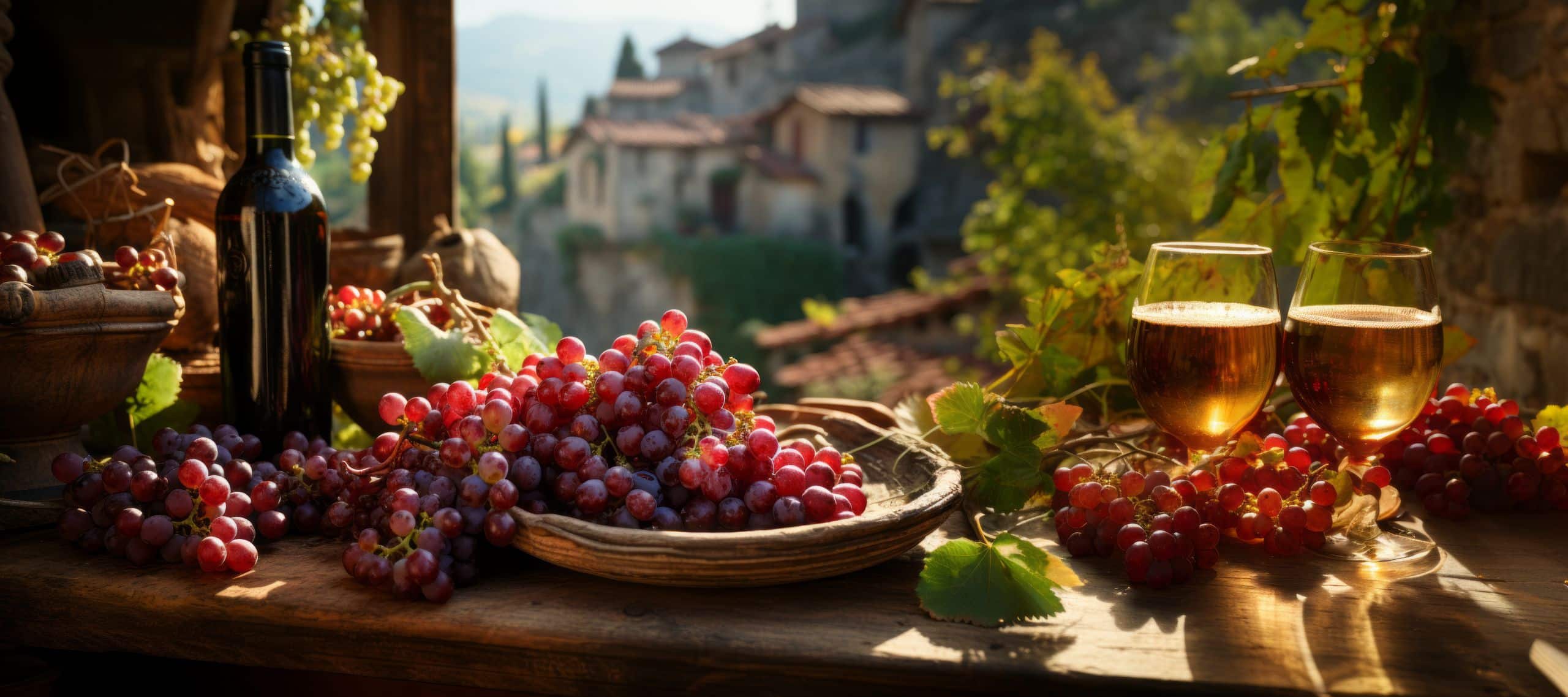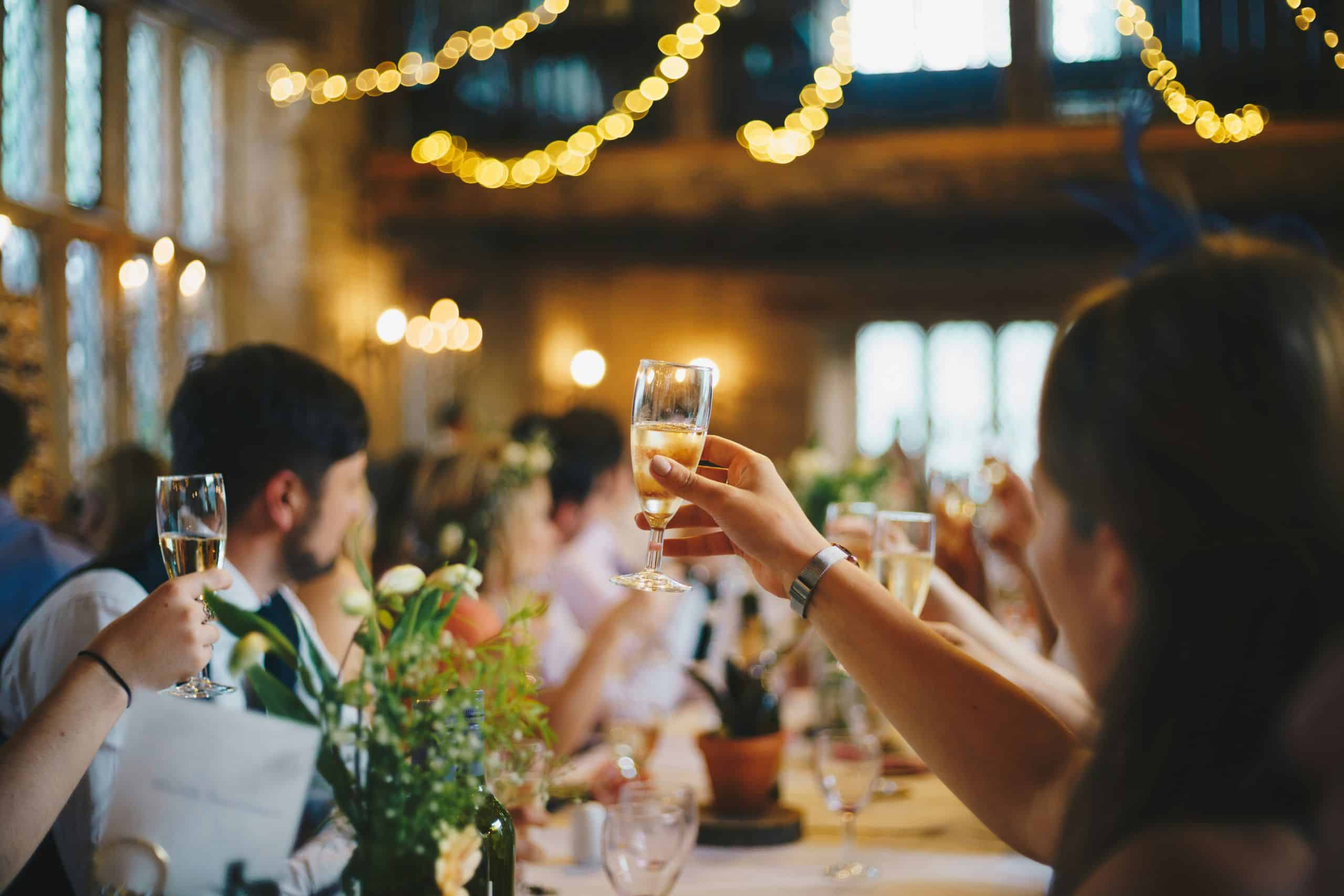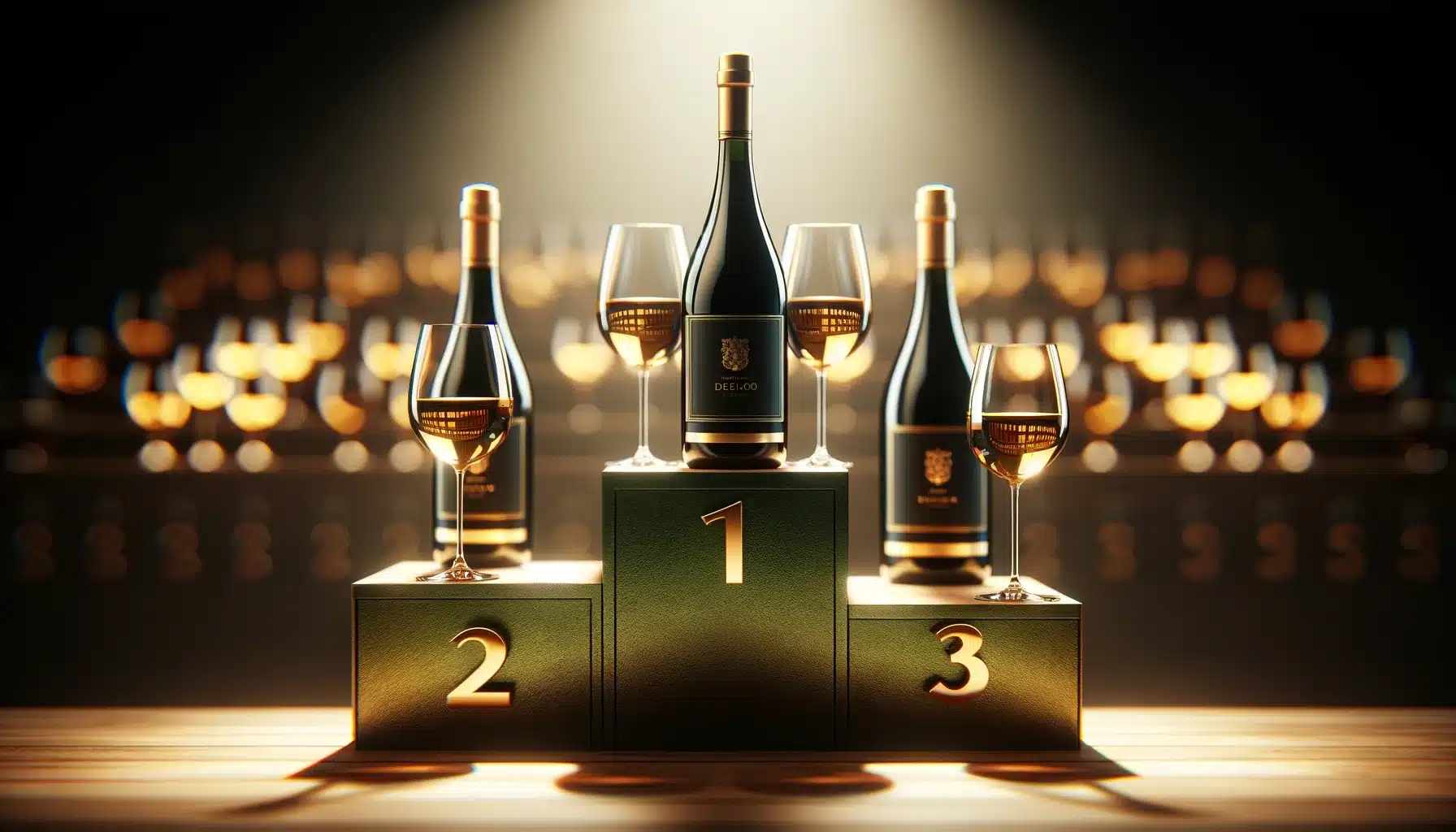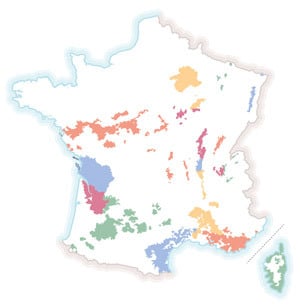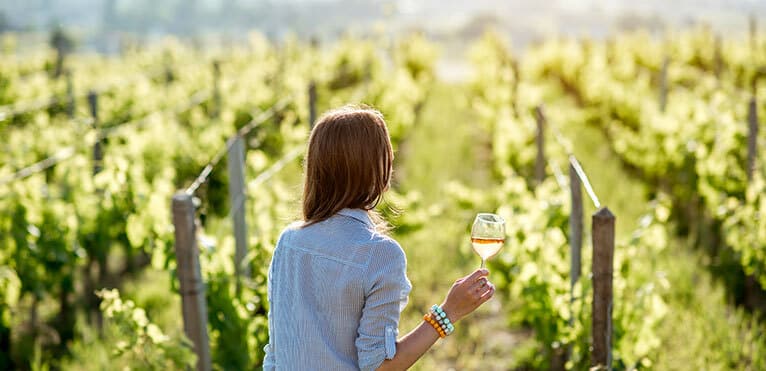
Contents
Whether you’re enjoying an aperitif with friends or an impromptu dinner, you can now enjoy “vins de soif”, wines made by friends for pleasure and conviviality.
These are often wines that are not designed for ageing and are meant to be drunk young. Often fruity, fresh and delicious, their composition does not allow them to stand the test of time, at the risk of losing their aromas.
For reference, most wines priced under 10 euros are best drunk young.
How do you know if a wine is best drunk young?
To begin with, we can refer to the classification of crus. A grand cru will be more balanced, more distinguished and more likely to evolve over time. Ageing potential varies according to its classification.
It should also be noted that tannic wines tend to reveal their full potential with several years of cellaring. This is the case, for example, ofMany reds from Bordeaux or the Rhône Valley.
Red wines to drink young
More powerful, aromatic wines with a dense tannic structure are better suited to ageing.
Light, fruity red wines are best drunk young. This is particularly true of Pinot Noir.
Wines made from Gamay, such as Beaujolais, tend to be enjoyed more quickly. They immediately develop pleasant, supple fruity notes and can be drunk within 2 years.
White wines to drink young
White wines tend to keep longer than reds.
Like reds, white wines with fruity, floral or vegetal notes and low acidity are best drunk young.
Chardonnays and Bourgognes are known to be consumed within 3 years, while Premiers and Grands Crus can be kept for up to 10 years.
Viognier is a grape variety that produces wines with aromas of flowers and white fruits, rich and low in acidity. Whites from the Rhône Valley and Languedoc made from Viognier are best enjoyed young, rather than after a few years’ cellaring.
Sauvignon blanc can be enjoyed young to appreciate quince, apple and citrus aromas. A smooth, rounded wine.
Provence and Corsica whites made from Rolle (Vermentino) should be drunk within 2-3 years.
Rosé wines
Year-round rosés are often pale pink in color. These are generally wines produced by direct pressing.
Rosés de saignée can generally be enjoyed within 2-3 years. The most tannic rosés, made from grape varieties such as Mourvèdre, Syrah or Cabernet Franc, are best aged for 2-3 years.
There are also rosé wines for laying down: these are wines that have been macerated for a long time and aged in wood. This is the case for certain rosés from Bandol, Côtes de Provence or Coteaux d’Aix-en-Provence.
The exception that proves the rule
All this remains general, and there are of course exceptions to the rule. It should be noted that for all regions, appellations and grape varieties, the best vintages keep longer and reveal finer aromas as they evolve.
There are white wines with great ageing potential, rosé wines that can be enjoyed after 5 or even 10 years, and powerful red wines that would have been better drunk young.
In short, it’s difficult to estimate how long a wine will keep, so it’s best to ask a wine merchant or the winemaker directly.
